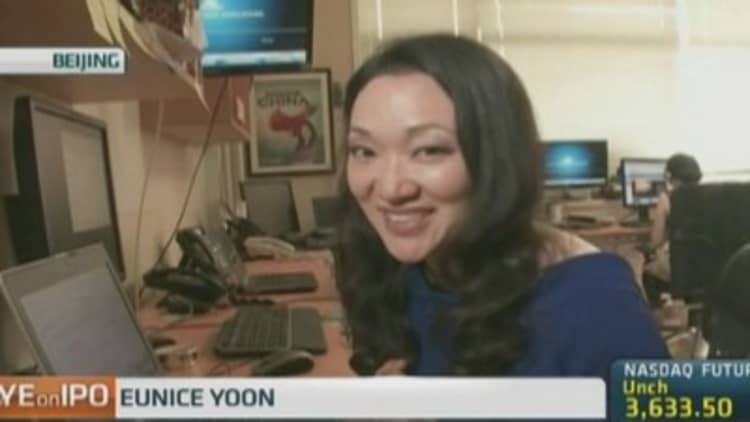Active traders are getting chopped up by a market that lacks direction or any clear trend. Call it the year of the churn.
Volumes are near their lowest levels of the year. On Wednesday, the closed below 12, the lowest level of the year. Meanwhile, fixed income yields are staying low from deflationary concerns and lower than expected economic growth.
No real volume, low volatility, and no trend. It's a killer for the trading community.

This, it should be noted, is not typical of May. Past months have seen much greater moves (hat tip to my colleague Peter Schacknow for crunching the numbers on this):
May S&P 500 performance:
2014: up 0.2 percent
2013: up 2.1 percent
2012: down 6.3 percent
2011: down 1.4 percent
2010: down 8.2 percent
2009: up 5.2 percent
Why is this bad? Because choppy trading forces you out. "Put on a short so you are immunized from a down move, then you have a day when the whole market rockets up," one trader said to me yesterday. That means "you have to take off your short, and then you have no protection," he added.
In other words: "hedges are killing you and single stocks are killing you," another trader said. "Just churning capital...its brutal." While this is a terrible trading environment for active traders, it's not so bad for long-term "buy and hold" types.
After several years of strong gains in stocks, we are seeing reversion to the mean. You can't go up 30 percent a year every year. You can't.
Also, as agonizing as it is to watch, the markets are acting rationally. After all, the economic reports are not as strong, and the Federal Reserve is winding down its easy money policy.
Everyone was expecting a rebound of economic growth in the second quarter with a "3" handle. However, the wealthy are suffering from a higher tax hit and the middle class is still suffering from limited wage growth. It's not a complete surprise the numbers are not exploding on the upside.

1) Brave pricing for an initial public offering: JD.com, the largest online direct direct sales company in China, priced 93.7 m shares at $19, above the $16—$18 price talk. Very brave, we'll see how the first day trading and follow through is.
The rest of the IPOs scheduled have not fared as well. SunEdison priced at the low end, while 21st Century Oncology postponed, as did First Foundation. Yikes!
According to Renaissance Capital, 7 Chinese IPOs have priced this year, and they popped an average of about 10 percent the first day. But the follow through has been weak, with an average decline of 1.1 percent.
2) Changes at the NYSE. Big Board CEO Duncan Niederauer announced he was leaving in August, to be replaced by current COO Tom Farley. This is a little sooner than expected: Niederauer had previously said he would stay through the end of 2014.
Goldman Sachs also announced they have sold their NYSE Designated Market Maker trading rights at the NYSE to IMC Financial Markets for an undisclosed amount. IMC is a big proprietary trader and market maker active in over 90 exchanges throughout the world.
3) Are consumers really spending more? Not necessarily. Households engaged in massive debt reduction right after the financial crisis, from 2008 through mid-2013. But according to the Fed's latest report on Household Debt and Credit, US consumers took on net new debt for the third consecutive quarter in the first quarter.
Credit Suisse, however, cautions against reading too much into this: "Both conclusions, while legitimate, are tempered by the fact that much of the increased debt taken on by households over the past year has been in the form of student loans provided by the federal government," the bank wrote recently. "And the pickup in net mortgage debt outstanding in recent quarters is due largely to reduced foreclosures and bank loan write-offs, as opposed to an increase in mortgage origination."
--By CNBC's Bob Pisani


